Prem Sagar Pattanshetty Vasanth Kumar
Distributed Transmission Control for Wireless Networks using Multi-Agent Reinforcement Learning
May 13, 2022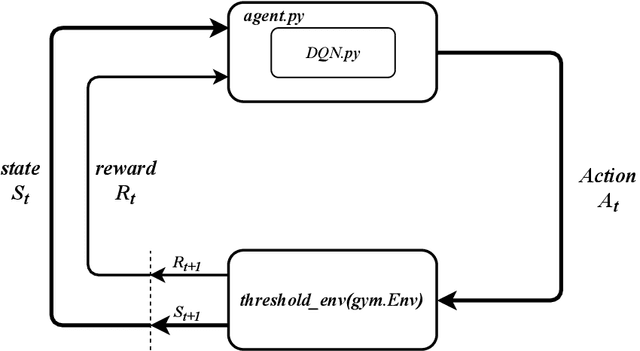
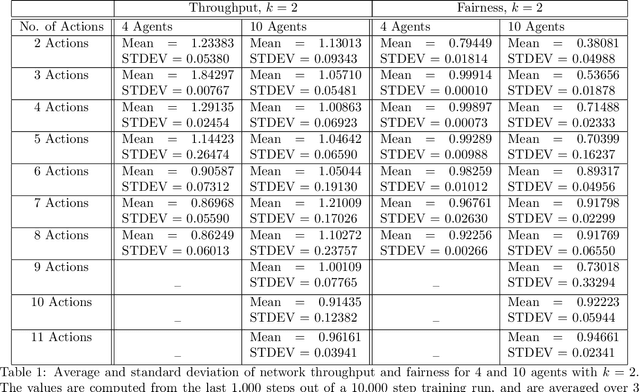
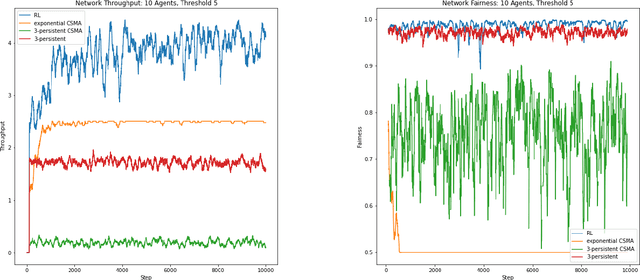
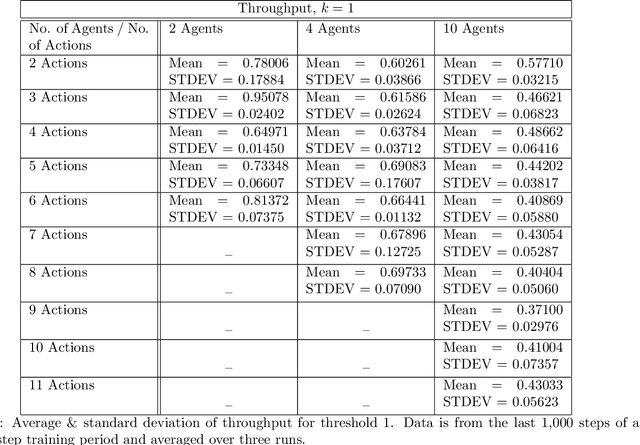
Abstract:We examine the problem of transmission control, i.e., when to transmit, in distributed wireless communications networks through the lens of multi-agent reinforcement learning. Most other works using reinforcement learning to control or schedule transmissions use some centralized control mechanism, whereas our approach is fully distributed. Each transmitter node is an independent reinforcement learning agent and does not have direct knowledge of the actions taken by other agents. We consider the case where only a subset of agents can successfully transmit at a time, so each agent must learn to act cooperatively with other agents. An agent may decide to transmit a certain number of steps into the future, but this decision is not communicated to the other agents, so it the task of the individual agents to attempt to transmit at appropriate times. We achieve this collaborative behavior through studying the effects of different actions spaces. We are agnostic to the physical layer, which makes our approach applicable to many types of networks. We submit that approaches similar to ours may be useful in other domains that use multi-agent reinforcement learning with independent agents.
A Comprehensive Survey on Radio Frequency (RF) Fingerprinting: Traditional Approaches, Deep Learning, and Open Challenges
Jan 03, 2022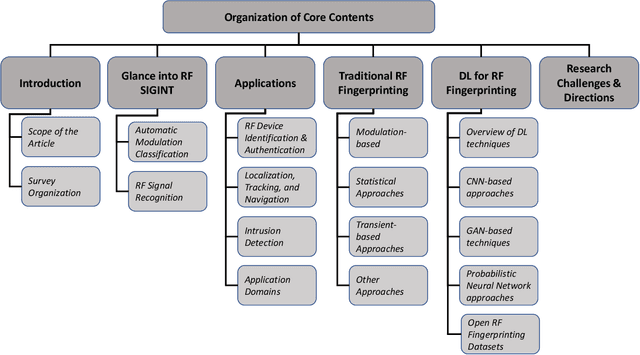
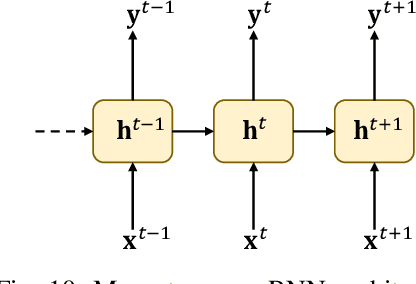

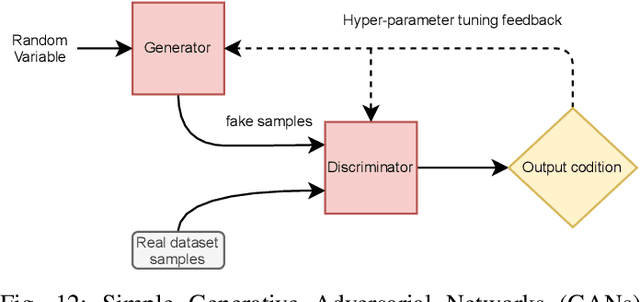
Abstract:Fifth generation (5G) networks and beyond envisions massive Internet of Things (IoT) rollout to support disruptive applications such as extended reality (XR), augmented/virtual reality (AR/VR), industrial automation, autonomous driving, and smart everything which brings together massive and diverse IoT devices occupying the radio frequency (RF) spectrum. Along with spectrum crunch and throughput challenges, such a massive scale of wireless devices exposes unprecedented threat surfaces. RF fingerprinting is heralded as a candidate technology that can be combined with cryptographic and zero-trust security measures to ensure data privacy, confidentiality, and integrity in wireless networks. Motivated by the relevance of this subject in the future communication networks, in this work, we present a comprehensive survey of RF fingerprinting approaches ranging from a traditional view to the most recent deep learning (DL) based algorithms. Existing surveys have mostly focused on a constrained presentation of the wireless fingerprinting approaches, however, many aspects remain untold. In this work, however, we mitigate this by addressing every aspect - background on signal intelligence (SIGINT), applications, relevant DL algorithms, systematic literature review of RF fingerprinting techniques spanning the past two decades, discussion on datasets, and potential research avenues - necessary to elucidate this topic to the reader in an encyclopedic manner.
 Add to Chrome
Add to Chrome Add to Firefox
Add to Firefox Add to Edge
Add to Edge